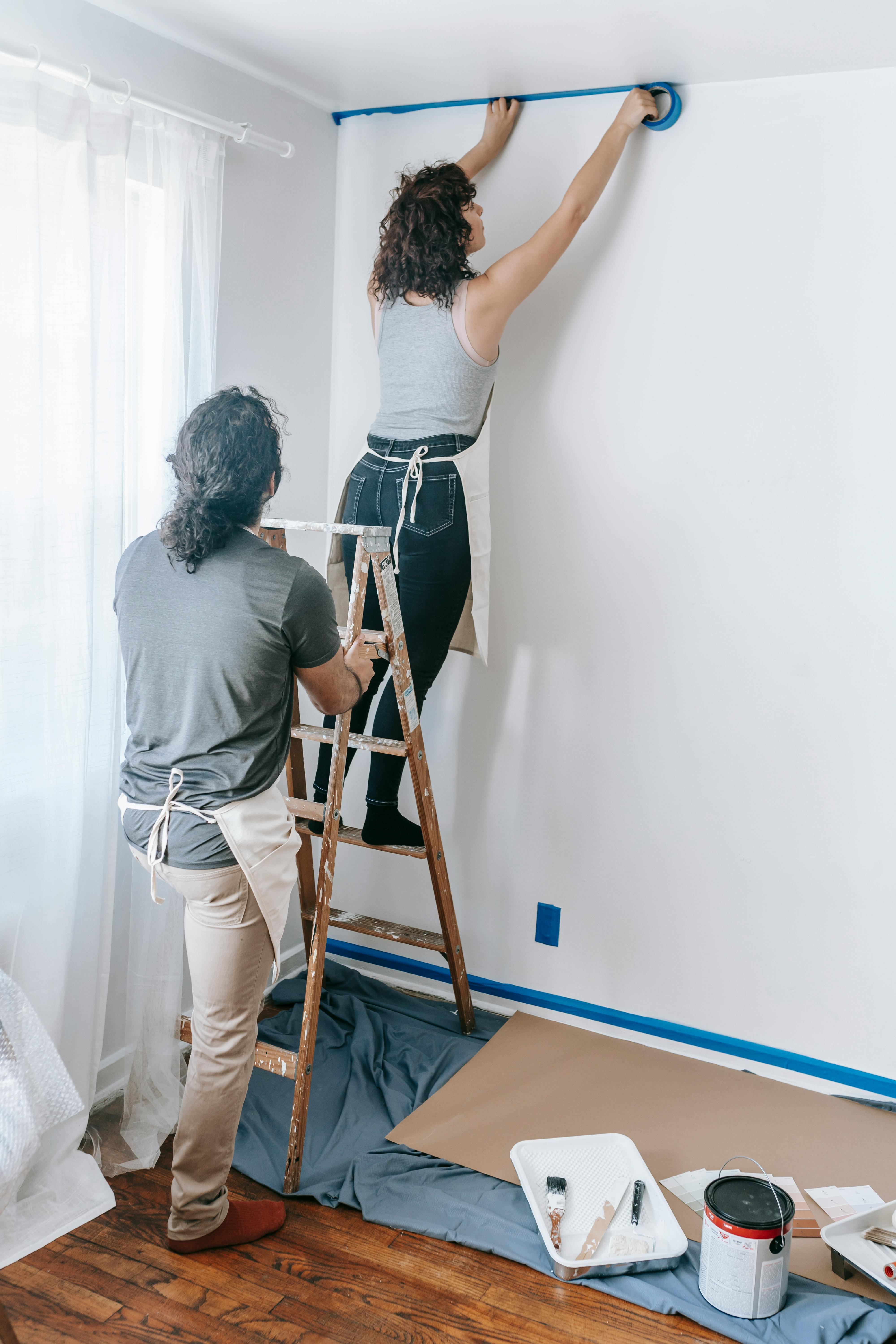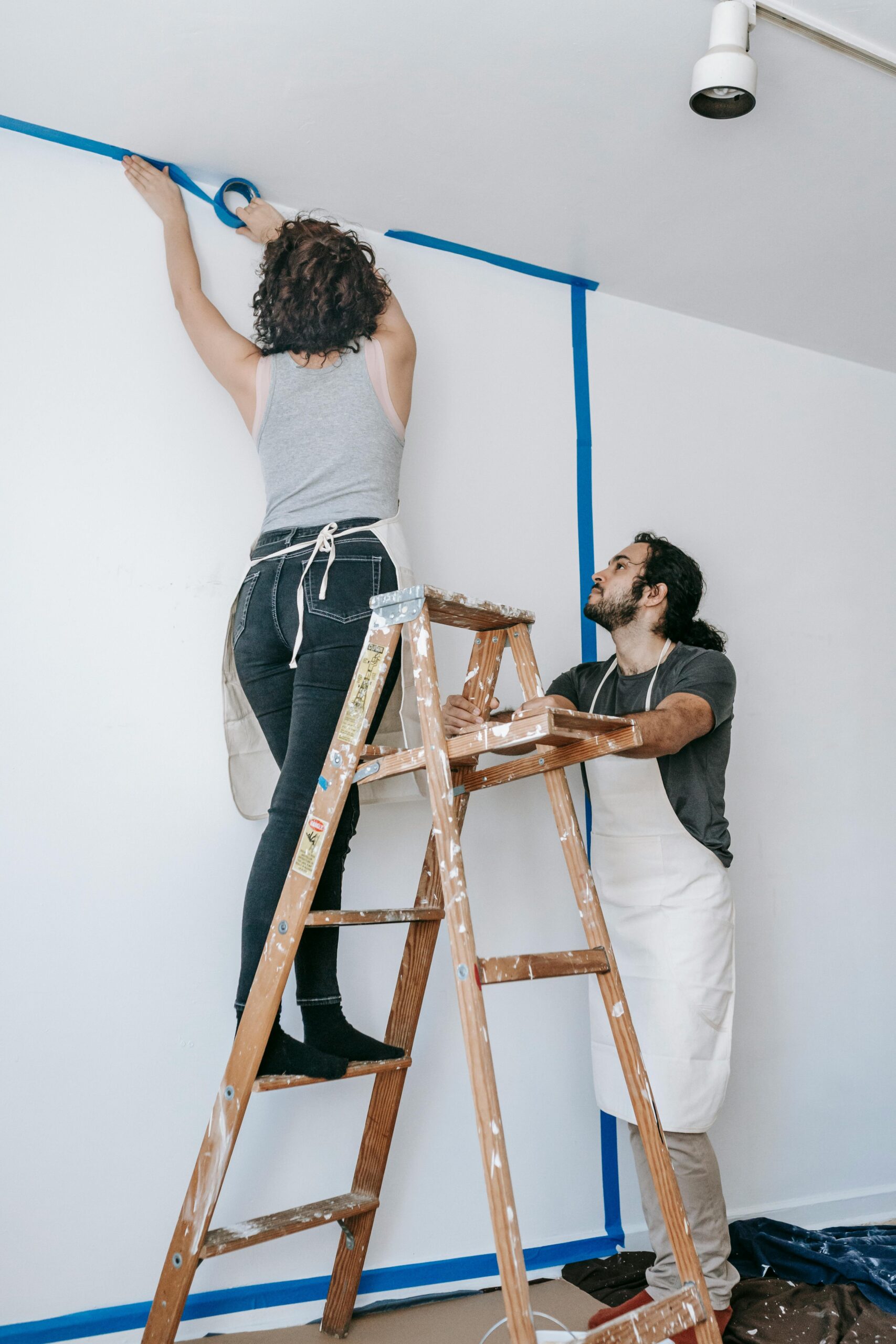Best Paint for Home Exterior: A Comprehensive Guide
Choosing the best paint for home exterior can dramatically enhance your curb appeal, protect your property, and increase resale value. In a market flooded with options, making the right decision involves more than just picking a color—it requires understanding finishes, materials, climate compatibility, and application methods. This comprehensive guide will walk you through every detail, helping you make an informed, confident choice for your home’s exterior.

Understanding the Fundamentals
The exterior paint you choose isn’t just about appearance—it’s your home’s first line of defense against weather, UV rays, and time. High-quality exterior paint preserves structural integrity while adding aesthetic value. This section breaks down the foundational knowledge needed to make the best choice.
Understanding these basics ensures that every coat of paint serves both a protective and decorative purpose, similar to how armor both shields and identifies a knight in battle.
1.1 Paint Types and Composition
Exterior paints generally fall into two categories: latex (water-based) and oil-based. Latex is favored for its flexibility, ease of cleanup, and environmental friendliness, while oil-based paints offer superior adhesion and stain resistance.
For example, a 2023 survey by Home Improvement Today found that 68% of homeowners chose water-based paint due to its lower environmental impact and faster drying times.
1.2 Finish and Sheen Options
The finish affects durability and appearance. Common finishes include flat, satin, semi-gloss, and gloss. Flat offers a non-reflective look ideal for older homes, while semi-gloss resists moisture and is often used for trim.
Satin finishes strike a balance between aesthetics and function, ideal for siding. The choice of finish should match climate and usage to ensure longevity and visual harmony.
Practical Implementation Guide
Once you understand the materials and options, the next step is applying them effectively. Proper preparation and methodical execution ensure your paint job withstands the elements and retains vibrancy for years.

2.1 Actionable Steps
- Surface Preparation: Clean surfaces thoroughly to remove dirt, mildew, or old paint. Pressure washing is commonly used.
- Repair and Prime: Fill cracks and repair damaged siding. Use a primer suitable for your surface and climate.
- Paint Application: Use high-quality brushes, rollers, or sprayers. Apply at least two coats, allowing appropriate drying time between each.
2.2 Overcoming Challenges
Common issues include peeling, bubbling, and premature fading. These are often caused by poor preparation, cheap paint, or extreme weather exposure.
To avoid these, use mildew-resistant formulas, avoid painting in direct sunlight or high humidity, and always follow manufacturer guidelines. Expert tip: use a moisture meter to test surfaces before painting.
Advanced Applications
For those looking to go beyond the basics, advanced techniques and materials can offer enhanced durability, customization, and eco-conscious benefits. Understanding when and how to use them ensures your project evolves with modern demands.

3.1 Elastomeric Coatings
These flexible paints are ideal for homes in regions with extreme temperatures or heavy rainfall. Their rubber-like texture fills cracks and expands/contracts with the building’s movement.
Case studies in the Pacific Northwest show a 40% longer lifespan with elastomeric paints compared to traditional latex in high-moisture environments.
3.2 Low-VOC and Eco-Friendly Options
Modern homeowners are opting for low-VOC paints that reduce chemical exposure without sacrificing performance. These products integrate easily with other green building practices.
Brands now offer bio-based binders and natural pigments that align with sustainability standards, making them compatible with energy-efficient homes and LEED certifications.
Future Outlook
The future of exterior painting lies in smart coatings, nanotechnology, and AI-driven color selection tools. Companies are developing self-cleaning and pollution-absorbing paints that redefine maintenance.
Over the next 3-5 years, expect broader adoption of temperature-sensitive paints and predictive paint wear analytics. Homeowners can prepare by staying informed and prioritizing versatile, innovative products.
Conclusion
To recap, selecting the best paint for home exterior means understanding paint types, surface compatibility, and the climate in your region. Preparation, application, and quality materials determine success.
Whether you’re painting a new build or refreshing an older home, this guide empowers you to make confident, effective decisions. Start planning your project today with these expert-backed strategies.
Frequently Asked Questions
- Q: What is the best type of paint for a home’s exterior? Latex-based paints are generally preferred for most home exteriors due to their durability and ease of maintenance.
- Q: How do I get started with exterior painting? Start by cleaning the surface, making repairs, then priming before choosing your paint and tools.
- Q: How long does it take to paint a house? Depending on the size, weather, and number of coats, most homes take 4–7 days to complete.
- Q: How much does exterior painting cost? Prices range from $1,800 to $6,000 depending on materials, home size, and labor costs.
- Q: How does paint type compare across brands? Premium brands offer better pigment concentration and longer warranties, making them more cost-effective in the long run.
- Q: Is exterior painting hard for DIYers? With the right tools and preparation, many homeowners can tackle it. However, pros are recommended for multi-story homes.
- Q: What paint is best for coastal homes? Use marine-grade or mildew-resistant paint with a semi-gloss finish to combat salt and moisture exposure.
